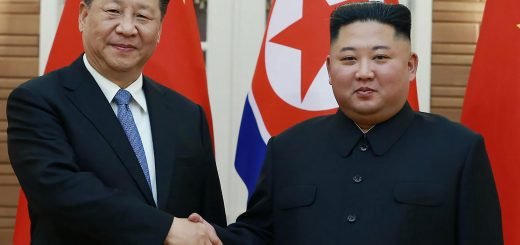Ritsuryo System in Ancient Japan
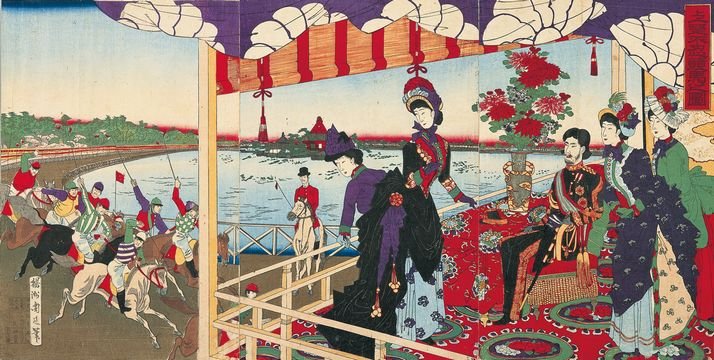
The centuries-old idea known in Japanese as odo omin or odo oshin which means the sovereign’s land, the sovereign’s people formed the basis for the Ritsuryo system in ancient Japan. It was introduced into Japan from China during 603-967 AD.
The real objective of implementing a Ritsuryo styled administration was to consolidate power in the form of a centralized government as the threat from Tang China and Shilla kingdom in Korea increased significantly. This period was characterized by the separation of law and religion as the Ritsuryo codes were legal codes of secular nature.
The period of Ritsuryo styled state
The Ritsuryo system of administration was implemented in what we know as ancient Japan spanning from 603 AD to 967 AD. Although the system was at its peak of effectiveness only during the 8th century. The first part of the ancient period was marked by internal struggles, Taika reforms, and Prince Shotoku’s well-known ‘mini-constitution. This first phase lasted somewhere from 603 to 702 AD.
The next century witnessed the sovereign rule of the emperor (Tenno Shinsei) over entire Japan with many reforms taking place in various fields ranging from court structure to land distribution and taxation.
In the following years from 810 to 967 AD, the Ritsuryo system was on a gradual declining trajectory and ultimately collapsed leading to the Shoen system of ownership of the land. There was a partial reversal of earlier traditions prevalent in pre-Ritsuryo Japan.
The political and administrative structure under Ritsuryo styled state
The beginning of the Ritsuryo system can be traced to Prince Shotoku’s promulgation of a seventeen-article constitution which was designed to consolidate power in the hands of the emperor and establish him as the ultimate sovereign. Article twelve stressed that “no state has two sovereigns, and no people have two masters”.
Under Prince Shotoku, a twelve-tier system of court ranks was established. The traditional system of Kabane was downgraded which was earlier used for obtaining an official post at court through inheritance. The recipient’s merit and ability were considered under the new system, rather than his lineage.
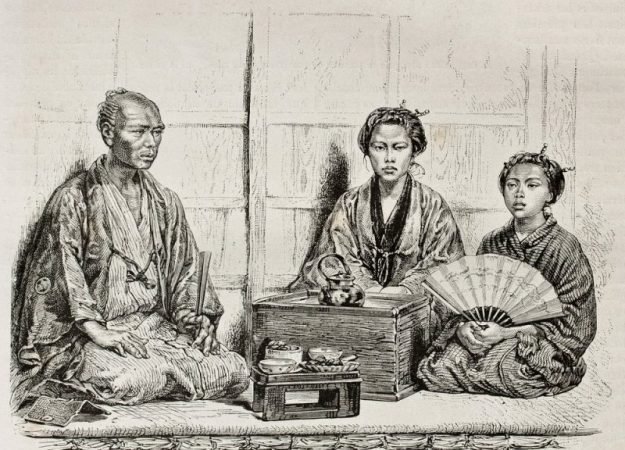
The famous Taika reforms were carried out in 645 AD by Prince Naka Na Oe, who later declared himself Emperor Tenji in 668 AD. Taika reforms were reactionary measures in the face of a growing threat from Tang China and the powerful Korean state of Shilla. All land and people held by Uji chieftains were confiscated and placed under the direct administration of the court. Based on the Chinese model, the entire country came under one jurisdiction and Japan went from a semi-feudal to a tightly controlled centralized state.
The Taiho code was the first legal code in Japan which remained in force until 757 AD. It contained both penal (Ritsu) and administrative (Ryo) law. Individual amendments to Ritsu and Ryo were called kayaks and regulations that dealt with the implementation of the codes were known as Shiki. The basic idea behind the codes was to promote what was considered righteous according to the ideals of Confucianism.
The system established a central government that had two main offices, eight ministries, and one ‘officials court’ which was more like a police agency. One of the two main offices, Daijokan, was the central office of government and the other, Jingikan, was responsible for carrying out Shinto rites. Within Daijokan, there were two chief posts, the Sadaijin (minister of left) and the Udaijin (minister of right). The eight ministries were under the central government and classified according to various areas of governance such as war, treasury, justice, civil administration, etc.
The system provided for four grades of officials in each government office namely, kami (chief), suke (vice-chief), jo (discipline officer), and sakan (clerks). The old Kabane system of appointments was abolished, and state examinations based on ability and merit were instituted along with a system of ‘grace rank’ wherein one could receive the rank held by one’s father or grandfather.
The local administrative structure was divided into three levels of administrative units namely Kuni, kori, and Sato. These units were governed by kokushi, gunji, and richo respectively. The kokushi were responsible for civil government and justice in their Kuni and were dispatched from the central government for a fixed term. They also received a portion of funds (rice) left after allocation for official business. Kokushi category was further sub-divided into various other categories.
Gunji was below the kokushi and had administrative and judicial authority over gun or kori. In contrast with kokushi, gunji held their appointments for life. Richo was responsible for governing the gun unit which was composed of sato or ri. The position was equivalent to a headman of a village. The administrative system in the capital was different from other places. The city was divided into ‘left city’ and ‘right city’, each of which had its mayor.
The main purpose of these reforms was to extend imperial control over the entire nation and spread the values of Confucian philosophy among the citizens. A centralized unified state was the ultimate objective.
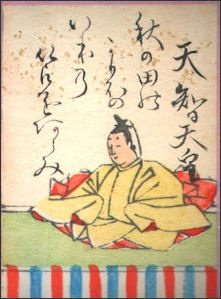
Important features of the Ritsuryo system
Land redistribution and household registration were marking features of the Ritsuryo system. The land redistribution law (handen shuju ho) entitled both men and women to land after reaching the sixth year and the land was not confiscated in their old age. The amount of land granted (kobunden) was two tan (six-tenths of an acre) for men and two-thirds of a man’s share for a woman. Household registers were updated and compiled every sixth year. The registers also recorded the status and family relations of the individuals.
The Ryo system classified three types of Tang-style taxes- so, cho, and yo. So was levied on taxable crop produce. The other two taxes were together referred to as corvee labour taxes (kayaku) and were levied on able-bodied men. The kumi administration could extract up to sixty days of labour from Cho and yo taxpayers.
Under the Ritsuryo system, the judicial structure was divided into two types- sosho (civil suits) and dangoku (criminal suits). Confession through torture formed the basis of judgment in most cases. Adherence to the sovereign’s legal commands was the utmost priority. Penal law was codified into Ritsu and the main objective was to use fear as deterrence against misbehaviour. Five punishments were prescribed- beating, flogging, forced labour, exile, and death.
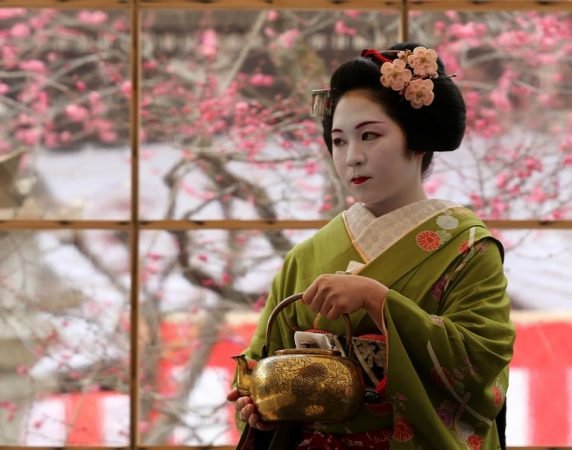
The decline of the Ritsuryo system
During Heian Era (794-1185 AD), the Ritsuryo system lost its significance as the amendments in the codes led to various families owning large areas of land, which later came to be known as the Shoen system. The Daijokan government disappeared gradually and gave way to a new form of government wherein management was undertaken by the emperor’s closest advisors. This was called the Sekkan government. The Ritsuryo style administration was based on cooperation between the emperor and the nobles, both of whom were dependent on each other. By the end of the Heian period, the centralized state had almost vanished and a feudal society under Bakufu (military) came into being.
The Ristsuryo system though borrowed from China, had its distinctive Japanese characteristics too. The differences can be observed inland distribution and taxation patterns. It did give power back to imperial rulers initially, as intended, but in later periods its usefulness deteriorated. Although the system was carefully designed, the amendments made to it rendered the system useless and ineffective. Japan, for a brief period, witnessed a strong centralized state under Ritsuryo style governance but its collapse was accompanied by partial reversal to patterns found in the archaic period of Japanese society.


